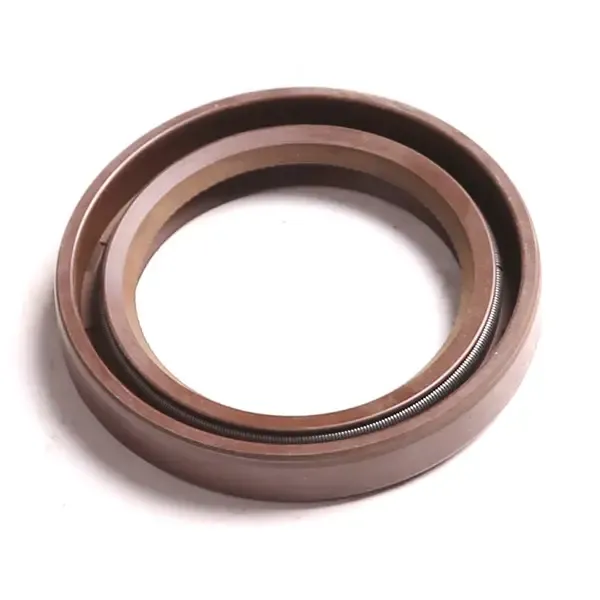7 月 . 27, 2024 00:28 Back to list
Common Symptoms and Causes of Head Gasket and Valve Cover Gasket Failures in Engines
Understanding Head Gaskets and Valve Cover Gaskets Essential Components of Your Engine
The engine is often regarded as the heart of a vehicle, and just like a heart, it relies on key components to function effectively. Two critical parts of an engine are the head gasket and the valve cover gasket. Both of these gaskets serve crucial roles in maintaining the integrity of the engine and ensuring it operates smoothly.
Head Gasket The Barrier Between the Cylinder Head and Engine Block
The head gasket is a vital component that sits between the engine block and the cylinder head. Its primary function is to seal the internal combustion process within the cylinders while allowing coolant and oil to pass between the two components. This gasket must withstand extreme temperatures and pressures, as it plays a crucial role in preventing coolant leaks into the combustion chamber and ensuring that exhaust gases do not escape.
A failing head gasket can lead to several serious issues, the most notable being a blown gasket. Symptoms of a blown head gasket may include white smoke from the exhaust, overheating, or a milky substance in the engine oil. Repairing a blown head gasket often involves significant labor and costs, as it requires the removal and reinstallation of many engine components. Regular maintenance and monitoring of engine temperature can help prevent such occurrences.
Valve Cover Gasket Keeping the Oil Inside
The valve cover gasket, on the other hand, is a less-intensive but equally important gasket that seals the valve cover on top of the cylinder head. It ensures that engine oil remains within the valve cover while preventing dirt and debris from entering the engine’s internals. This gasket also plays a role in maintaining the proper oil pressure within the engine, which is vital for lubrication and cooling.
head gasket and valve cover gasket

Valve cover gaskets are subjected to heat and vibration over time, which can cause them to deteriorate and lead to oil leaks. Signs of a failing valve cover gasket may include oil spots under the vehicle, a burning oil smell, or a visible oil leak around the valve cover area. Replacing a valve cover gasket is relatively easier compared to a head gasket. Typically, a DIY mechanic can handle this job with basic tools and some mechanical knowledge.
Importance of Proper Maintenance
Both the head gasket and valve cover gasket play essential roles in engine health. Regular maintenance, such as checking fluid levels and inspecting for leaks, can help identify issues before they become significant problems. Keeping up with your vehicle's maintenance schedule and addressing any unusual behavior or noises can extend the life of these gaskets.
When it comes to choosing replacement gaskets, it is crucial to use high-quality parts. OEM (original equipment manufacturer) gaskets are recommended, as they are designed to fit perfectly and maintain the integrity required for optimal engine performance. Aftermarket options may be cheaper, but they might not offer the same reliability.
Conclusion
In conclusion, the head gasket and valve cover gasket are essential components of your engine that deserve attention and care. Understanding their functions and recognizing signs of failure can save vehicle owners from costly repairs and ensure that their engines remain in peak condition. Whether you’re a seasoned mechanic or an everyday driver, knowing the importance of these gaskets and maintaining them properly will lead to a longer lifespan for your engine and a smoother driving experience.